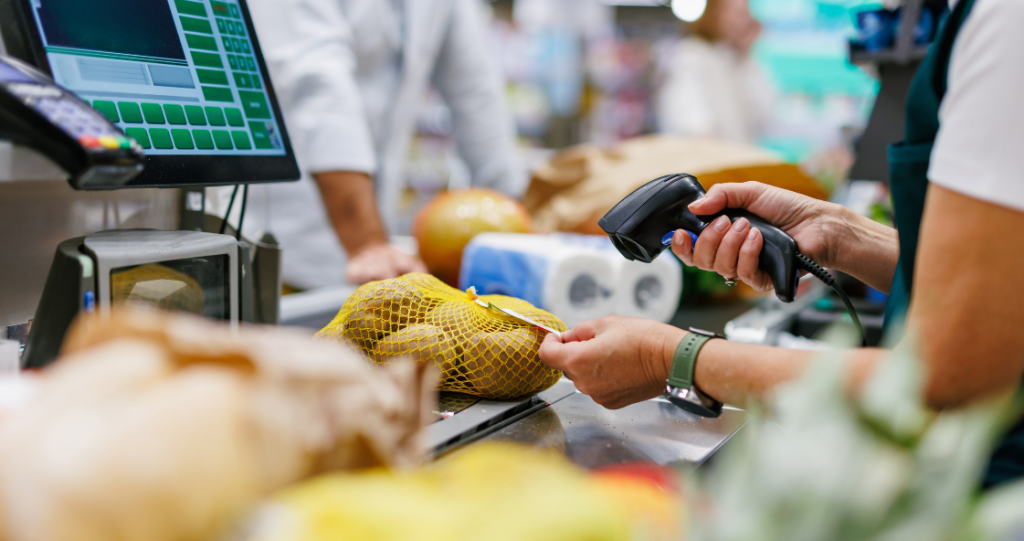With prices soaring and incomes failing to keep pace, Russians are buying less food.
Others are reading now
Russians are buying less food by volume, even as they spend more at the register — the result of rising prices and growing economic pressure.
For the first time in several years, food sales in Russia have declined in physical terms, according to Kommersant, citing data from Taxcom.
In September and October, food sales fell 5% year-over-year when measured in units, kilograms, and liters.
Basic goods were hit hardest:
- Milk sales dropped by 8%
- Rice fell by 10%
- Buckwheat and pork each declined by 9%
Although total retail revenue continues to rise, analysts say this is due to inflation, not increased consumption.
Also read
Prices for essential foods have surged in 2024, with beef up 26%, milk up 25%, rye bread up 24%, and potatoes up 38%.
As a result, shoppers are spending more but getting less.
T-Pay reports a 2% drop in the number of grocery purchases from January to September.
Cheaper meals, smaller portions
Since late 2024, Russians have been cutting back on food variety and choosing simpler, cheaper options, says Leonid Ardalionov, analytics director at NTech.
Food producers are responding with shrinkflation — smaller package sizes at unchanged prices. Average package weight dropped 3% in the second quarter.
Also read
This trend persists despite official claims of improving incomes. Rosstat reports an 8% rise in real incomes and a 4.4% increase in wages in 2025.
Yet, a Gallup poll found that 31% of Russians say they lack enough money for food.
Discount chains grow as shoppers downshift
To cope, consumers are turning to hard discounters like Svetofor, Chizhik, and Dobrotsen.
These stores saw a 27% revenue increase year-over-year — the highest among grocery retailers. Their market share has tripled in eight years.
An expected VAT increase in 2026 could further hurt buying power.
Also read
Economist Sofia Donetsk warns that more of consumers’ money will go to taxes rather than goods, accelerating the decline in demand.


